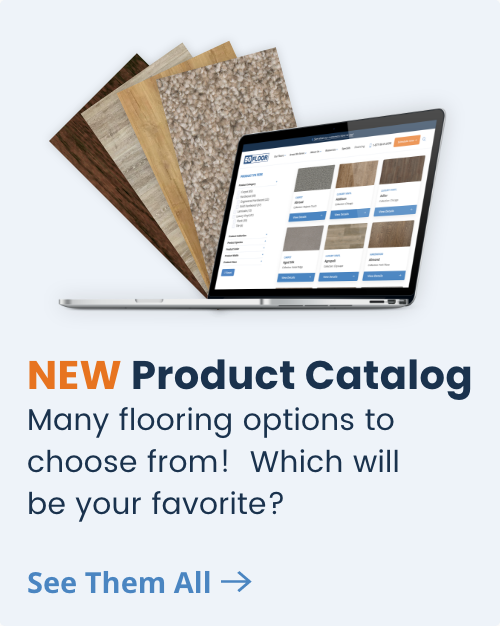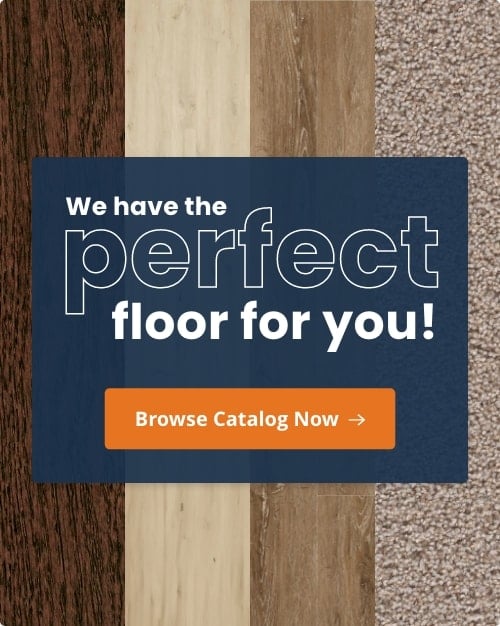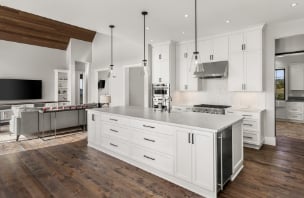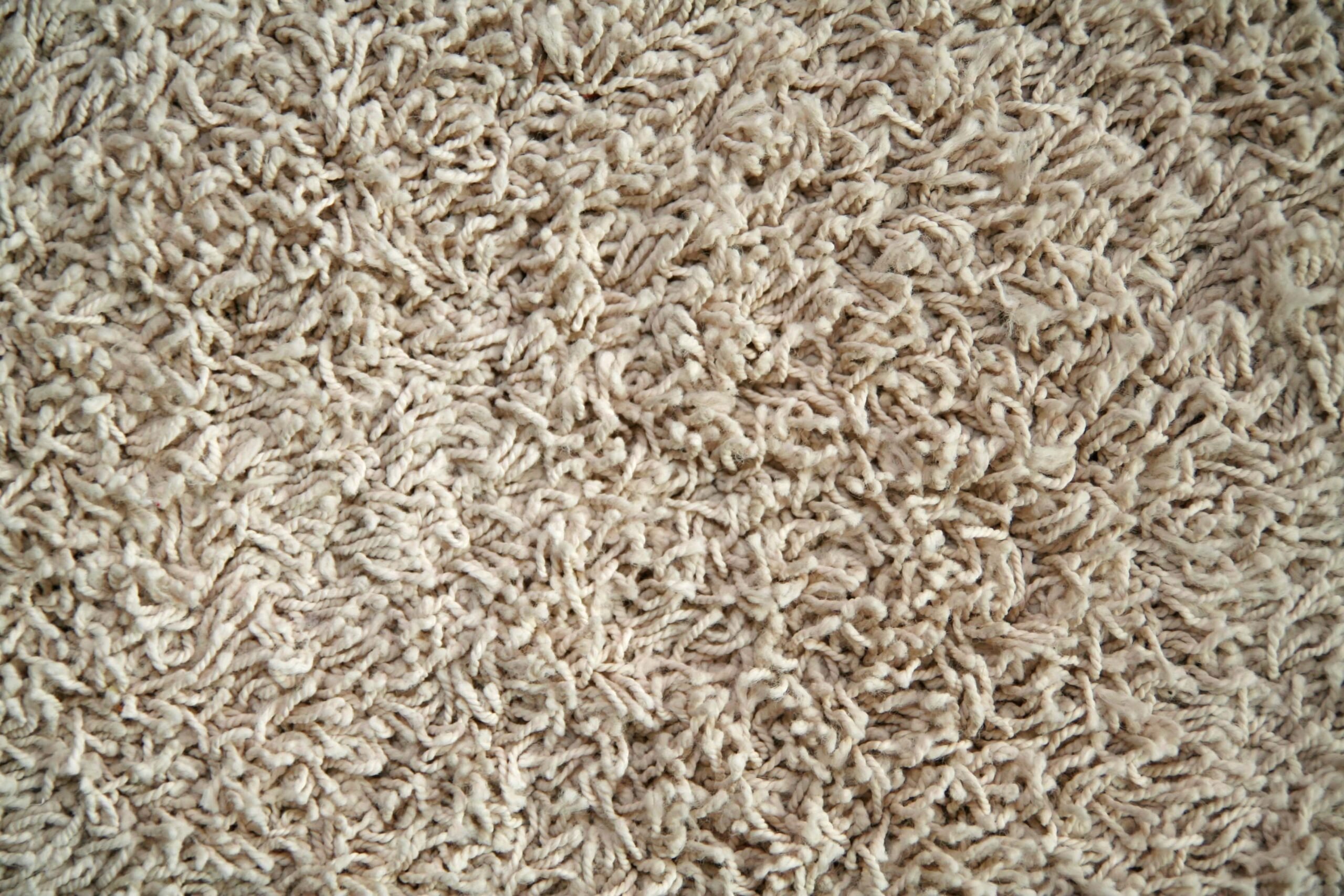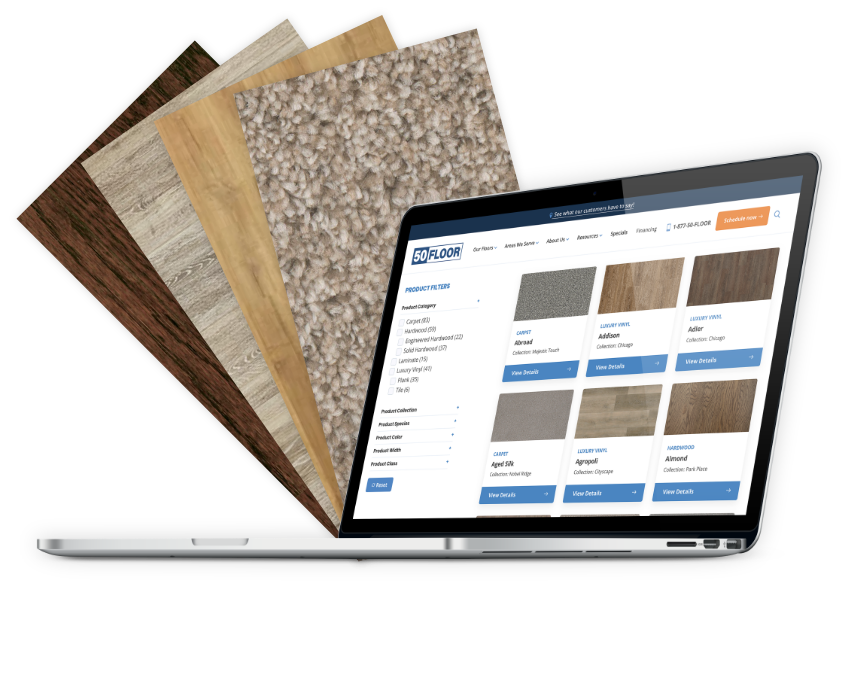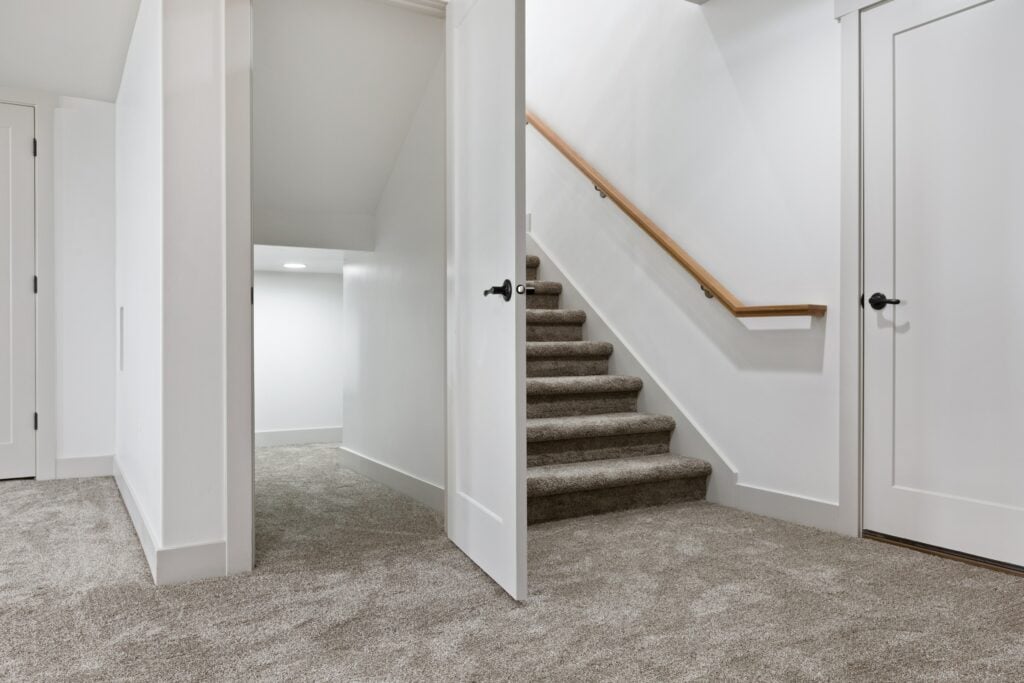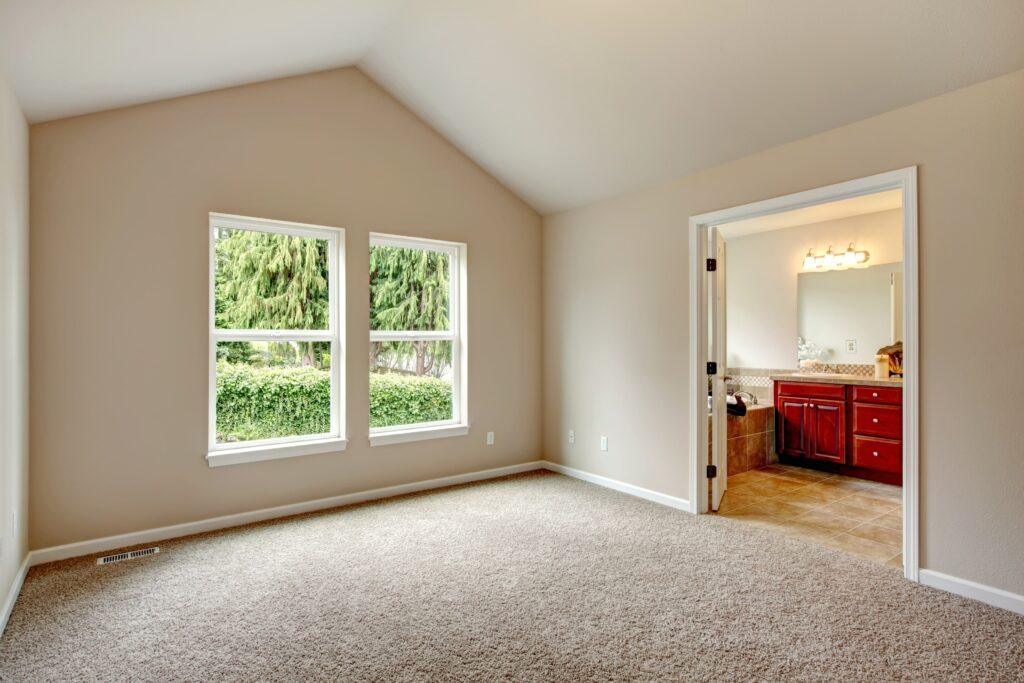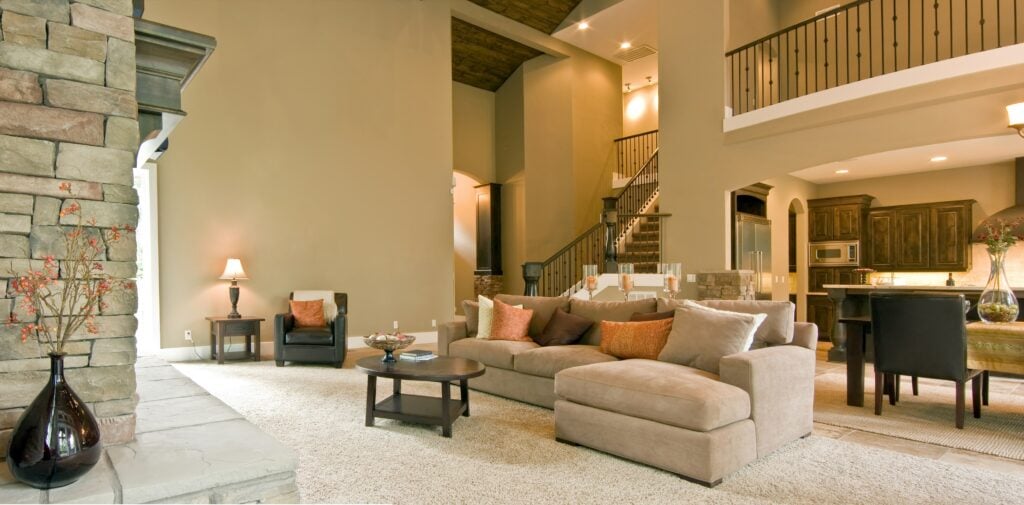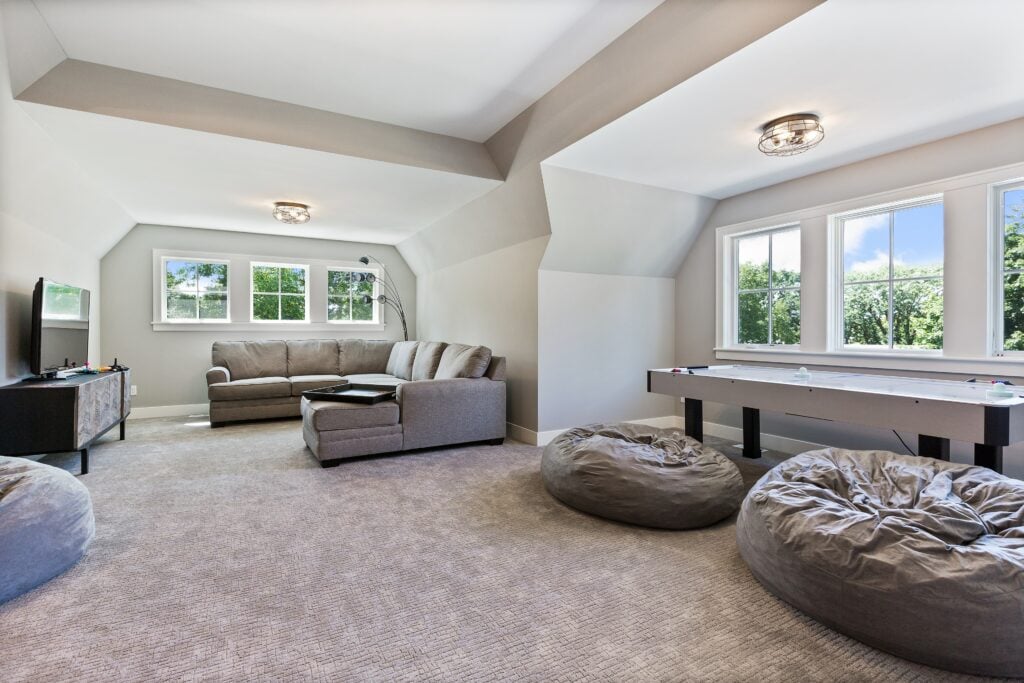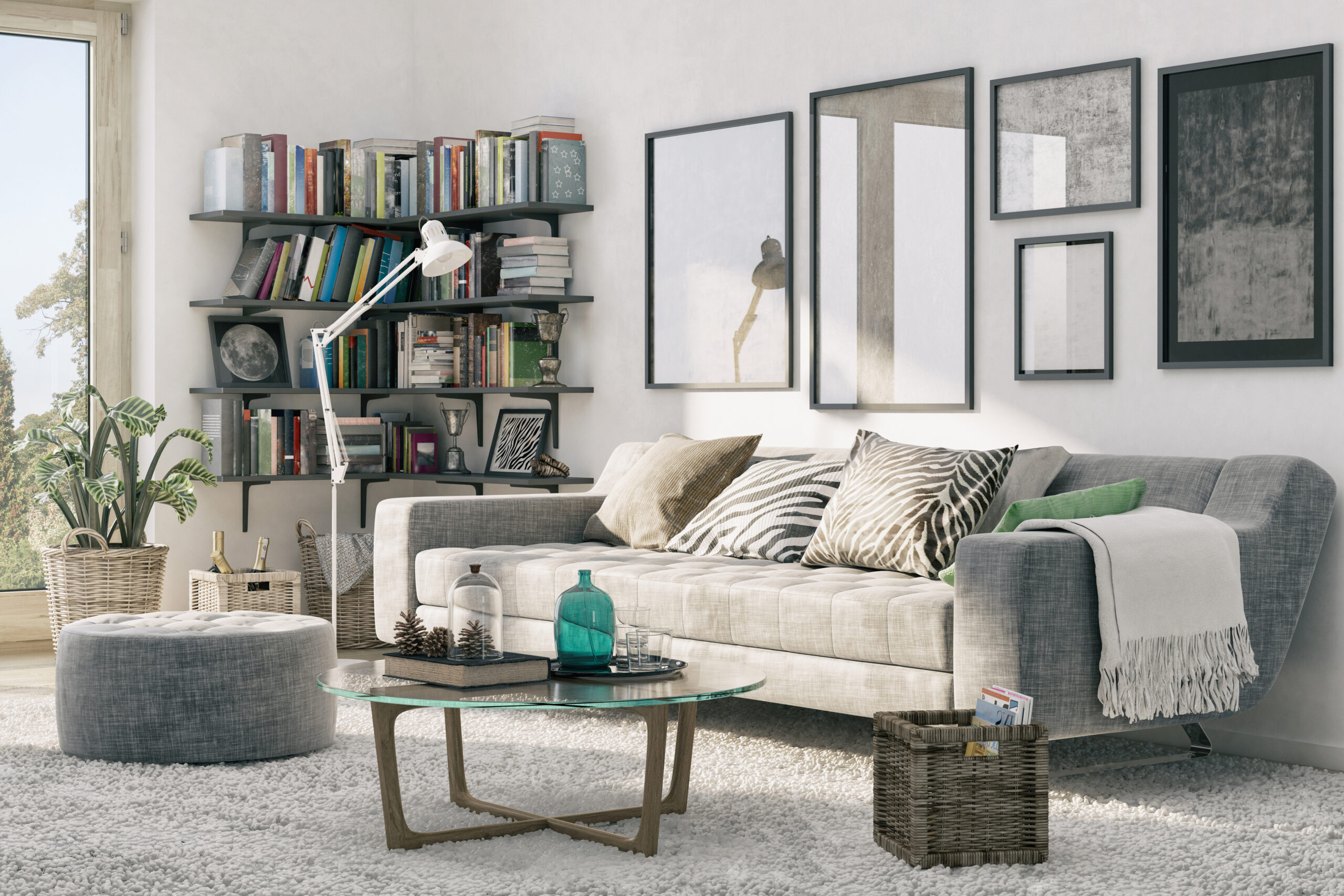Frieze carpet tends to be slightly more expensive than some other carpet styles. But when comparing it to premium options like hardwood, it’s generally more economical.
You’re excited about the prospect of frieze carpet—it’s plush, stylish, and seems like the perfect fit for your space.
But as you start researching, a common question pops up: just how much is this luxurious carpet going to cost? Don’t worry, learning how to budget for frieze carpet doesn’t have to be overwhelming.
We’ll walk through all the factors, offer practical tips, and by the end, you’ll be equipped to make an informed decision that aligns with your finances.
Understanding how to budget for frieze carpet involves breaking down the costs and anticipating potential extras.


What Factors Affect the Cost of a Frieze Carpet?
Before diving into numbers, let’s look at the things that influence the price of frieze carpet. This gives you a better sense of where your money goes and how to find potential savings.
Frieze Carpet, Carpet, and Its Intricate Design
Frieze carpet features tightly twisted fibers that create a luxurious, textured appearance. Imagine strands of yarn twisted so tightly they begin to curl, resulting in a plush, soft feel and a beautiful aesthetic. These tight twists, while adding to the charm, also mean the manufacturing process is more involved.
This translates to a slightly higher initial price tag compared to some simpler carpet styles. Frieze carpet is a popular style for homeowners wanting a casual-style carpet.
Fiber Choices and Their Impact on Cost
You’ll find frieze carpet made from several types of fibers, and each affects the cost. Nylon and wool usually sit at the higher end, while polyester and polyethylene terephthalate (PET) come in at a lower price point.
This gives you a budget-friendly alternative. Prices can range widely, but your choice of fiber plays a significant role. Choosing the right fiber for your lifestyle is important.

Face Weight: How Density Adds Up
Face weight measures the amount of fiber used per square yard of carpet. Essentially, this tells you how dense and plush the carpet will feel underfoot.
Higher face weight often indicates higher quality and durability but expect it to come with a price bump. So, if you’re aiming for that ultra-soft and long-lasting frieze carpet experience, be prepared to factor that into your budget.
It’s worth noting that while a denser, higher face weight carpet might seem appealing, consider the room’s traffic. In less frequently used formal rooms, a lower face weight could provide the desired comfort and look without breaking the bank.
Installation and the Costs to Consider
While thinking about the cost of frieze carpet, it’s easy to get fixated on the carpet itself. Remember that installation costs also play a major role.
Professional carpet installers use specialized equipment for precise seaming and stretching. It’s this precision that ensures your carpet looks amazing for years to come.
Get quotes from several local installers for a clearer understanding of typical installation costs in your area. Don’t forget to ask about their process for handling carpet seams, as a seamless look is often desired with frieze installations.

Creating a Frieze Carpet Budget That Works for You
Now that we understand the main cost drivers, let’s move to creating a practical budget for your frieze carpet project.
Step 1: Measure Your Space Accurately
Using a measuring tape, find the length and width of the space you want to carpet. Multiply these measurements to determine the total square footage. A good practice is to add 5-10% for potential waste during cutting and installation.
Home improvement books often provide helpful guides and diagrams on accurately measuring rooms. Accurate measurement is essential because ordering too much or too little carpet will significantly affect your budget.
If you’re unsure about measuring yourself, consider getting assistance from a professional. Many flooring stores offer free in-home measuring services to ensure accuracy.
50Floor is more than happy to help you find the carpet that best fits your budget. Our free in-home consultation can help you determine the best carpet based on your preferences.


Step 2: Determine Your Desired Frieze Carpet Type
Review the different frieze carpet fibers and consider what works for your space, traffic, and budget. If stain resistance matters to you the most, nylon could be a wise investment despite a slightly higher cost.
Conversely, if your budget is tighter, a polyester or PET frieze can still provide a plush feel with good care. Consider factors like how well the carpet hides dirt and whether it’s suitable for high-traffic areas in your home.
Step 3: Factor in Padding Costs
Carpet padding provides extra comfort and acts as a shock absorber for your carpet. Neglecting a high-quality pad often means a shorter carpet lifespan and can lead to uncomfortable bumps and lumps underneath.
Allocate around $0.50 to $1.50 per square foot for good quality padding to ensure your new frieze carpet feels plush and stays looking great longer. The padding you choose can also impact the carpet’s noise-dampening qualities.
Thicker padding tends to absorb sound better, which can be beneficial in rooms where noise reduction is a priority. This can be especially helpful in family rooms where noise levels tend to be higher.


Step 4: Get Quotes from Flooring Stores and Installers
Armed with the knowledge of your desired fiber, face weight, and square footage, obtain quotes from local flooring stores and installers.
Make sure the quotes are comprehensive, including material cost, installation fees, and potential delivery charges. You may want to consider asking them for an additional cost if your subfloor needs leveling or patching.
If a polyester frieze is your preference, inquire about cleaning options. Certain companies offer specialty equipment like CRB machines for gentle yet effective cleaning on delicate carpet fibers.
Armed with the knowledge of your desired fiber, face weight, and square footage, obtain quotes from local flooring stores and installers.
Make sure the quotes are comprehensive, including material cost, installation fees, and potential delivery charges. You may want to consider asking them for an additional cost if your subfloor needs leveling or patching.
If a polyester frieze is your preference, inquire about cleaning options. Certain companies offer specialty equipment like CRB machines for gentle yet effective cleaning on delicate carpet fibers.


Sample Frieze Carpet Budget for a 150 Square Foot Room
Let’s make this more tangible with a sample budget. It’s designed for a hypothetical room of 150 square feet.
This will help you picture how the costs stack up:
| Item | Cost Per Square Foot | Total Cost |
| Frieze Carpet (Nylon) | $4.00 | $600.00 |
| Carpet Padding | $0.75 | $112.50 |
| Installation | $2.00 | $300.00 |
| Total Estimated Cost | $1,012.50 |
This is just an example. Your real budget will vary depending on local prices and the specifics of your frieze carpet.
You might need to adjust figures up or down depending on your choice of material, installation complexity, and regional pricing differences. Also, remember to factor in any applicable taxes or disposal fees for your old flooring.
Beyond the Basics: Unforeseen Costs in Frieze Carpet Projects
You have a well-planned budget now. But it’s also important to be ready for potential hidden costs. The most common of these include old carpet removal and disposal, furniture moving, and subfloor repairs.
GET INSPIRED
Flooring to MATCH YOUR STYLE


Reviews
Hear From Our HAPPY CUSTOMERS
FAQs
Yes!
Carpeting a large area of 2,000 square feet can have significant costs attached. Using a ballpark estimate of $4 per square foot (including a moderate quality frieze, padding, and professional installation) for such a large project, the cost would be around $8,000.
But it’s best to obtain detailed quotes for your specific choices of frieze type and labor charges. Prices can fluctuate based on various factors like geographic location and installer rates.
